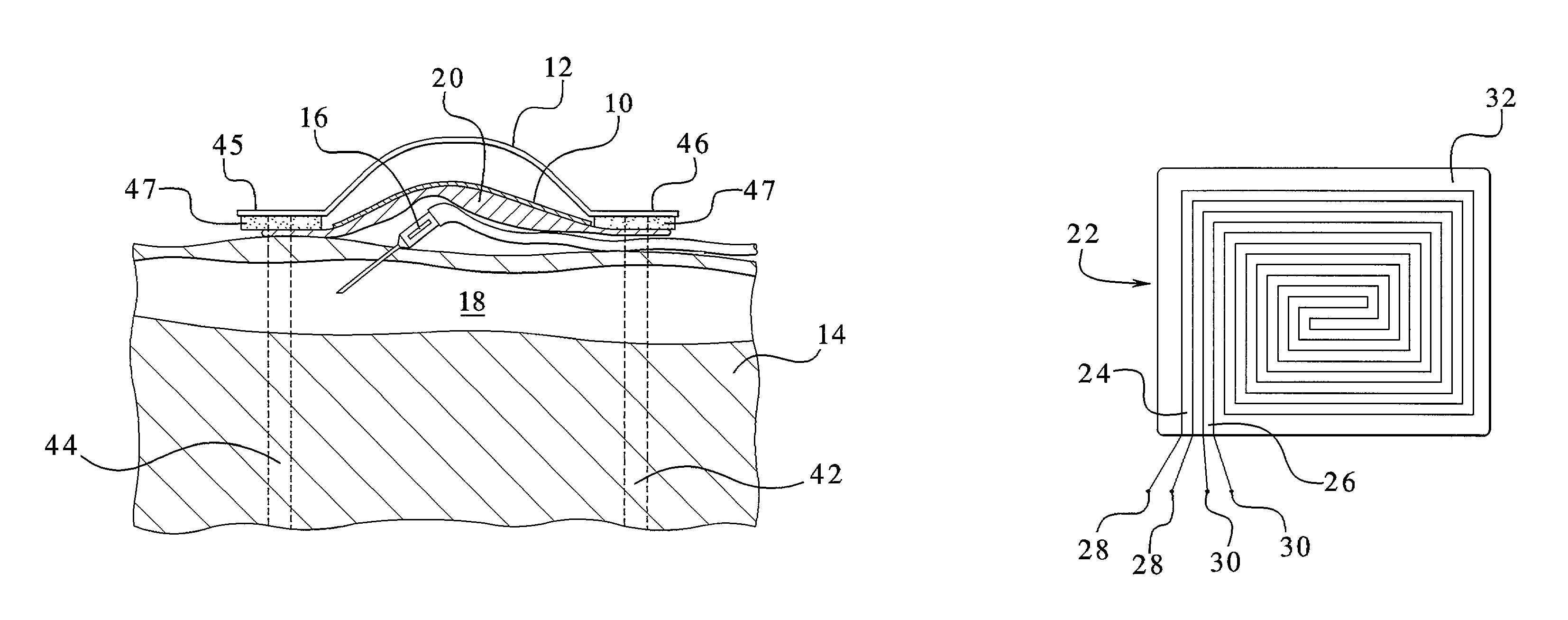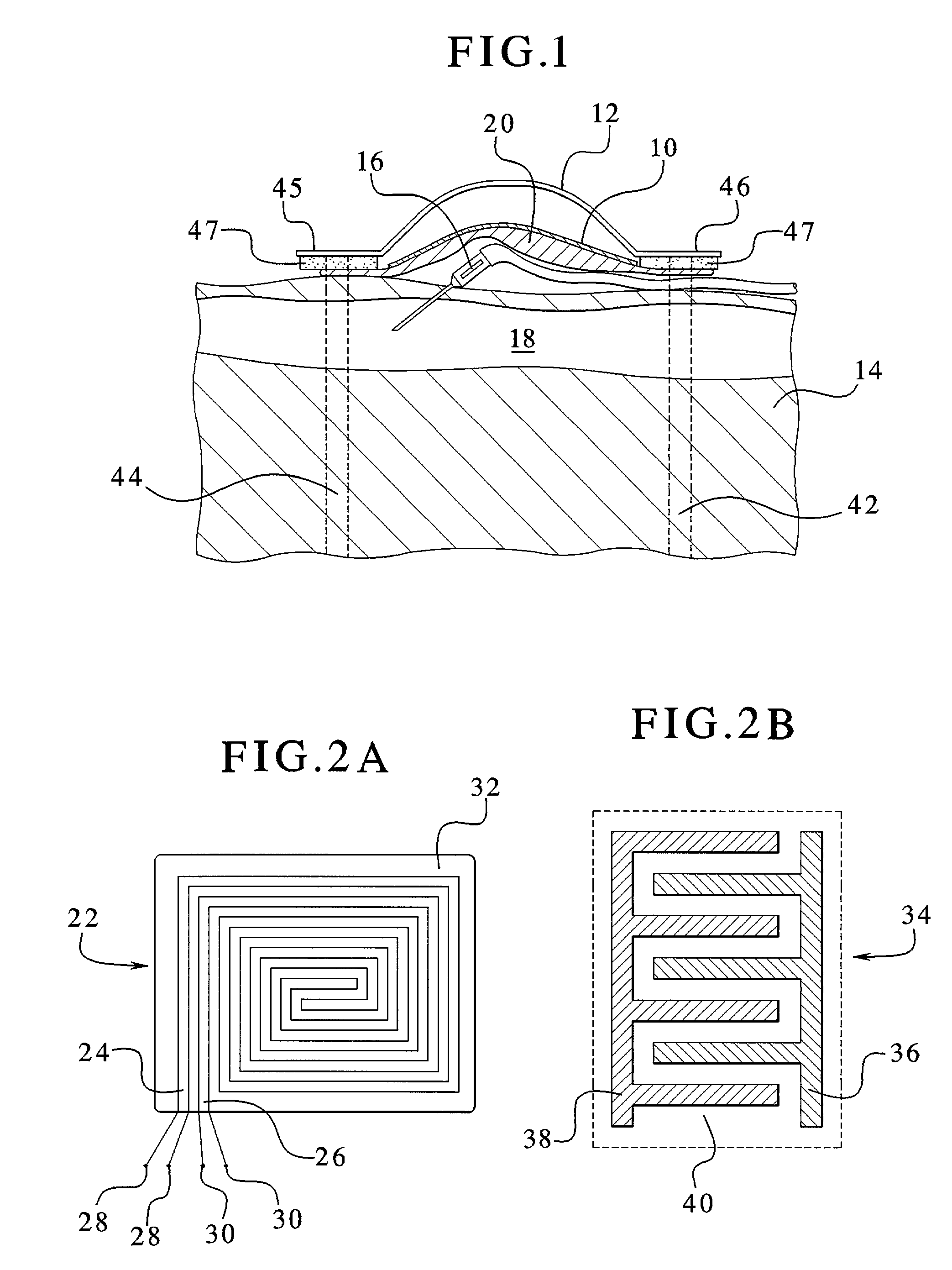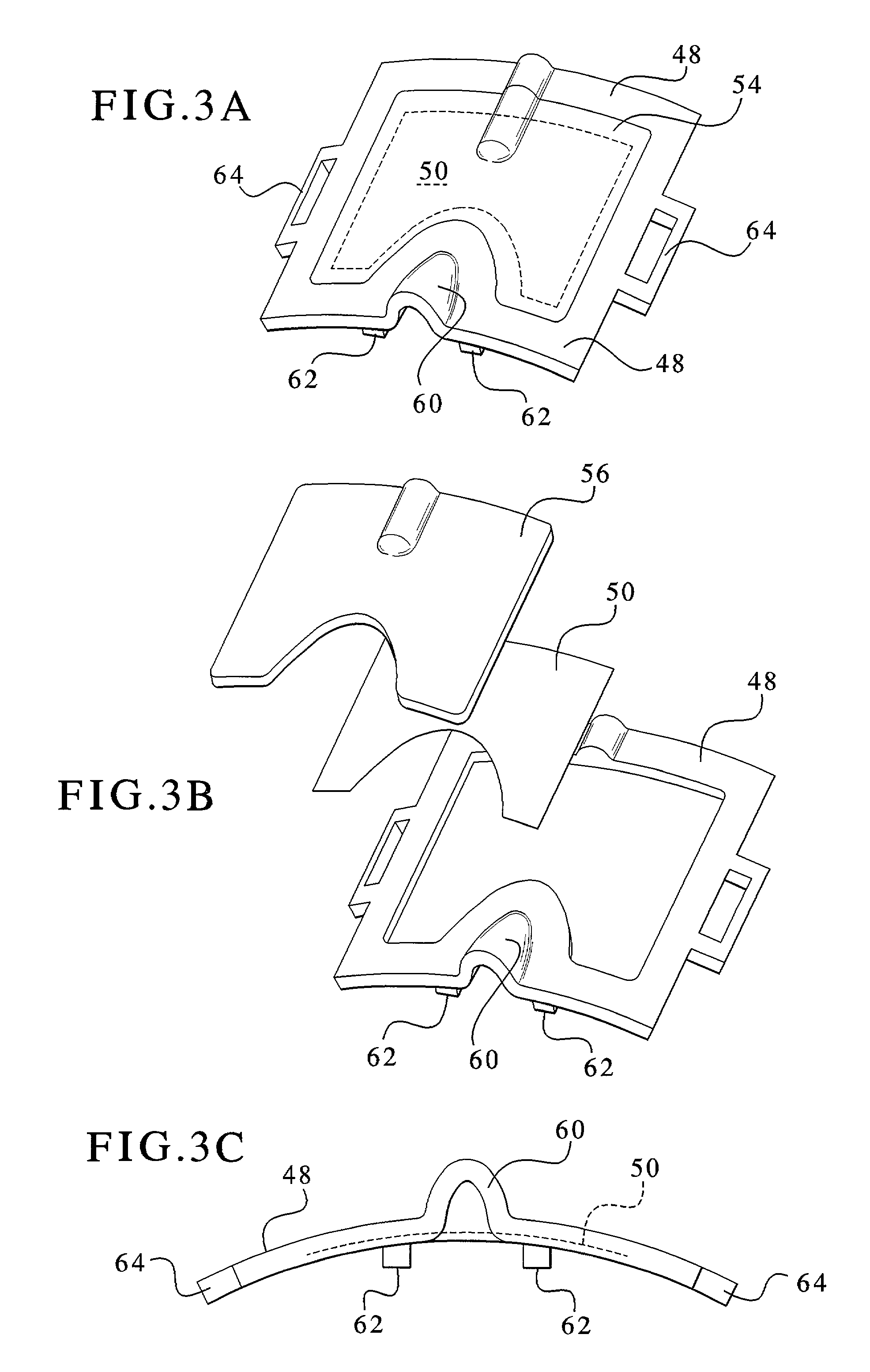Needle dislodgement detection
a needle dislodgement and detection technology, applied in the field of medical treatments, can solve the problems of delay in responding to needle dislodgement, not being visible, and significant blood loss of hemodialysis patients, so as to minimize the blood loss due to needle dislodgement and monitor and/or control blood loss
- Summary
- Abstract
- Description
- Claims
- Application Information
AI Technical Summary
Benefits of technology
Problems solved by technology
Method used
Image
Examples
Embodiment Construction
[0054]The present invention provides apparatuses and methods for detecting needle dislodgement. More specifically, the present invention provides apparatuses and methods that employ a sensor to detect needle dislodgement such that blood loss due to dislodgement can be controllably minimized.
[0055]Although in the embodiment set forth below the apparatus is designed for use in hemodialysis, it should be noted that the apparatus can be used in a number of different therapies. In this regard, the apparatus can be used in non-traditional hemodialysis methods. Such methods included, for example, regeneration and continuous flow therapies which may or may not include hemodialysis, for example, continuous flow peritoneal dialysis. Further, although the present invention, in an embodiment, can be utilized in methods providing dialysis for patients having chronic kidney failure or disease, the present invention can be used for acute dialysis needs, for example, in an emergency room setting.
[0...
PUM
 Login to View More
Login to View More Abstract
Description
Claims
Application Information
 Login to View More
Login to View More - R&D
- Intellectual Property
- Life Sciences
- Materials
- Tech Scout
- Unparalleled Data Quality
- Higher Quality Content
- 60% Fewer Hallucinations
Browse by: Latest US Patents, China's latest patents, Technical Efficacy Thesaurus, Application Domain, Technology Topic, Popular Technical Reports.
© 2025 PatSnap. All rights reserved.Legal|Privacy policy|Modern Slavery Act Transparency Statement|Sitemap|About US| Contact US: help@patsnap.com



